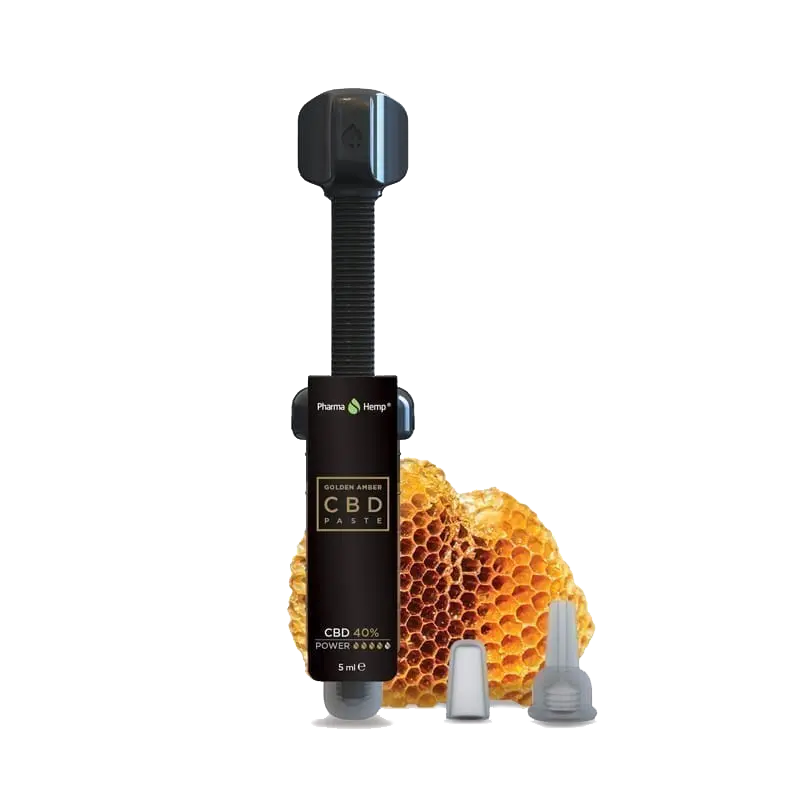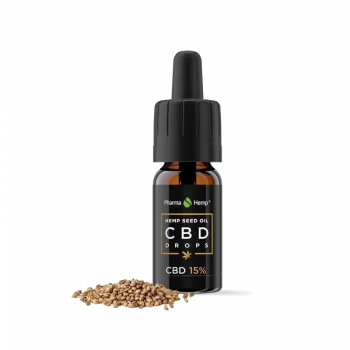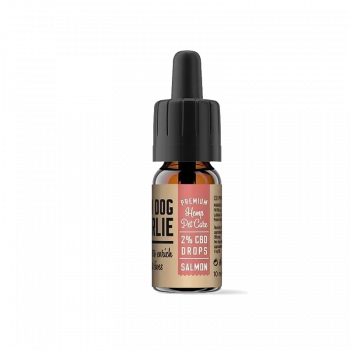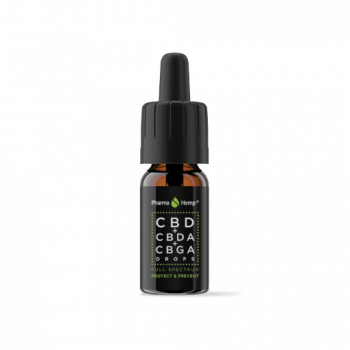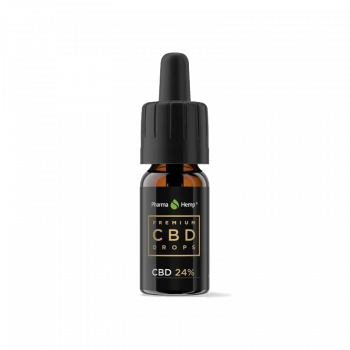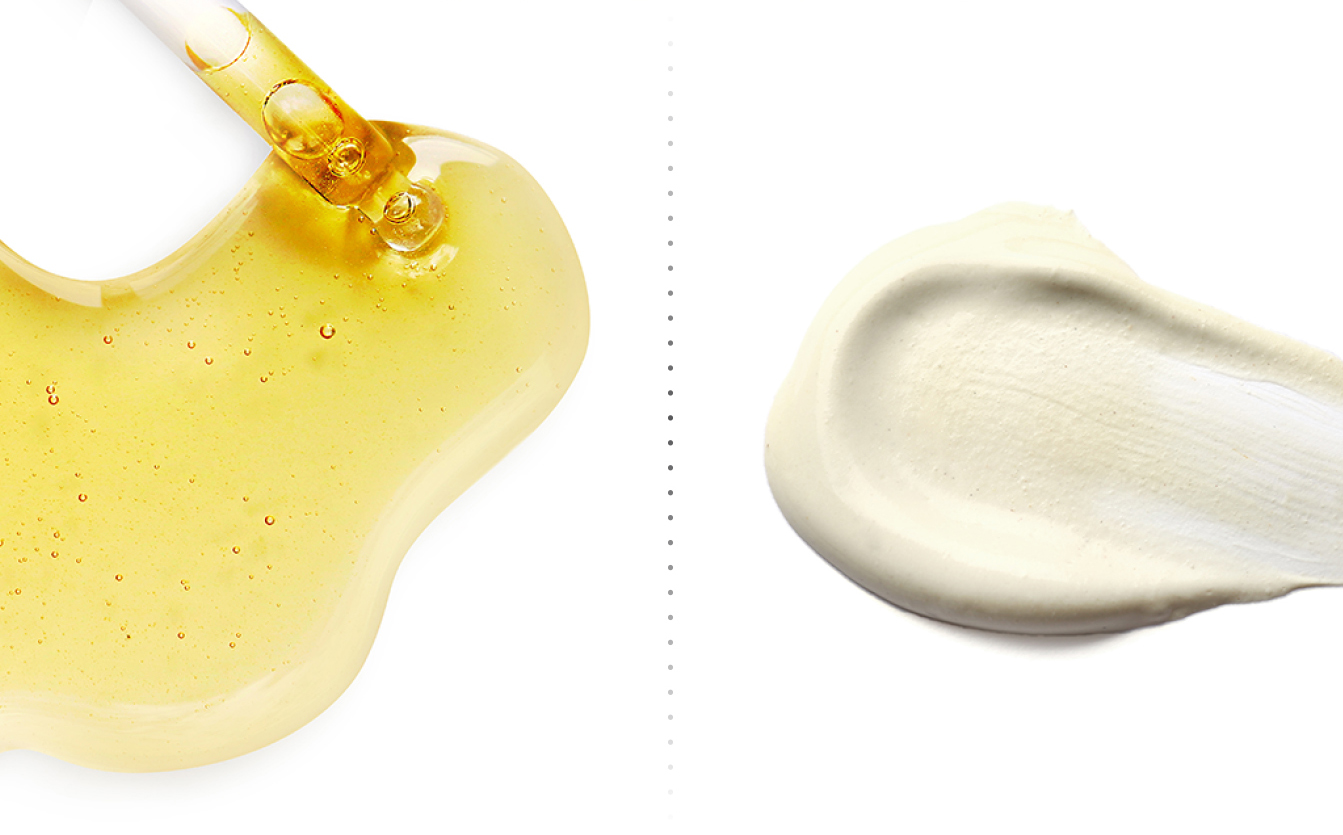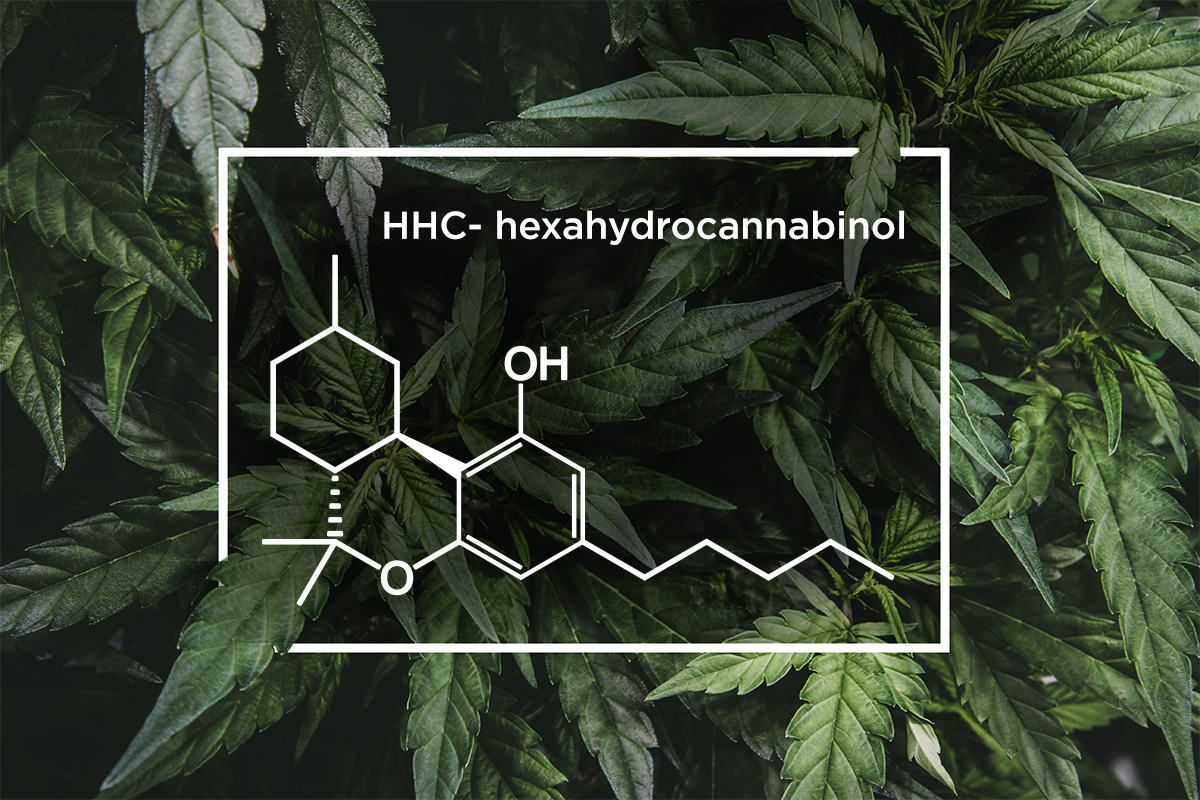Natural CBD & hemp oil products
SHIPPING
HIGHEST QUALITY
SIMPLE ORDER
GREAT CUSTOMER SUPPORT
Looking for the perfect gift for a birthday, holiday or "just because"?
This virtual gift card is the PERFECT gift and can be redeemed on any product in our online shop. Give the gift of wellness any time of the year with our convenient and easy-to-send digital CBD gift card.

WE ARE LEADING THE WAY TO INNOVATIVE HEMP SOLUTIONS.
Taking quality of life to the next level. With the widest range of all-natural CBD white-label products, PharmaHemp empowers you to be a part of the thriving CBD market. We provide a complete service, full support and a full-range portfolio of premium CBD solutions of highest quality and safety. If you have specific needs, we also offer custom CBD formulations.


 Slovenščina
Slovenščina Deutsch
Deutsch Español
Español


